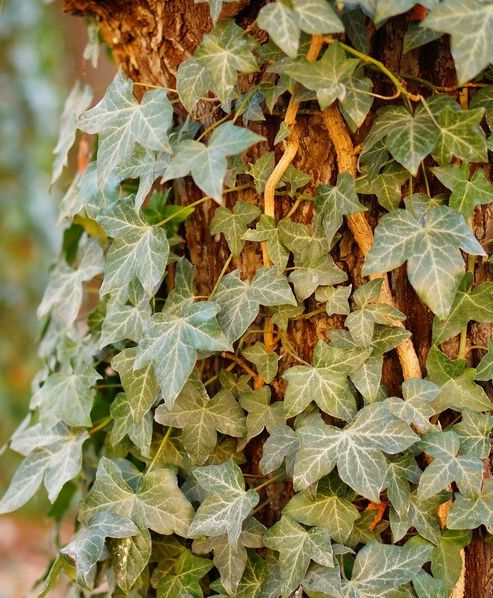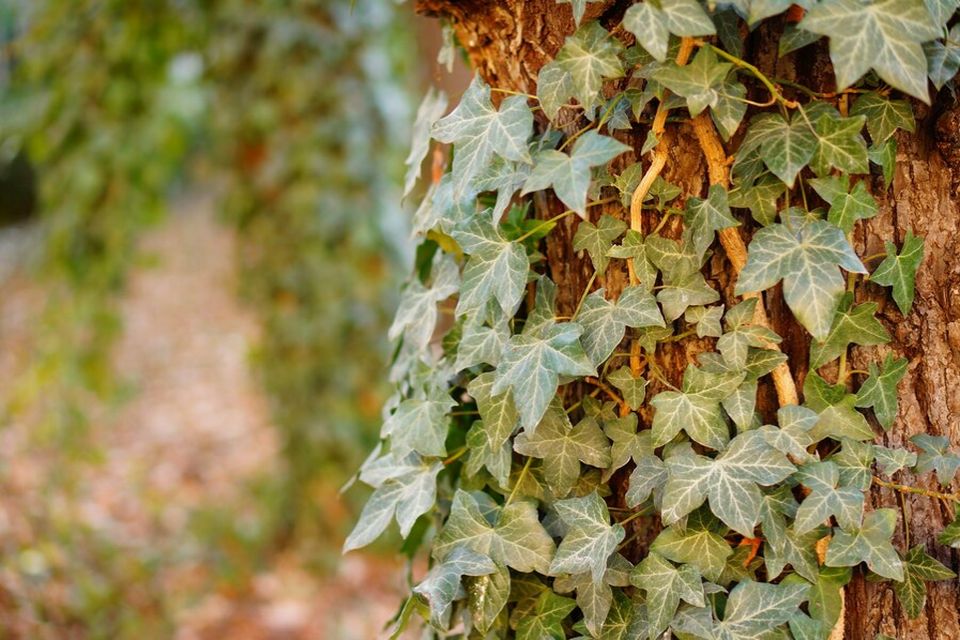How to Get the Ivy Off Of My Trees
Ivy is a popular plant that is often grown on trees as a form of ground cover. While it is attractive and can provide shelter for wildlife, ivy can also become a problem for trees when it becomes too heavy or begins to block the tree’s access to sunlight. If you have ivy growing on your trees, here is how to remove it:
Cut off the ivy at the base: The first step is to cut off the ivy at the base of the tree. This will prevent it from growing any further and allow you to focus on removing the existing ivy.
Gently pull the ivy away from the tree: Once you have cut off the ivy at the base, you can begin to gently pull it away from the tree. Make sure to pull in the direction that the ivy is growing to avoid damaging the tree’s bark. If the ivy is firmly attached to the tree, you may need to use a tool such as a pair of pruning shears to gently cut it away.
Remove all ivy leaves: Make sure to remove all ivy leaves from the tree, as they can continue to absorb nutrients and water from the tree. You can use your hands to gently pull off the leaves or a pair of pruning shears to cut them off.
Repeat the process: Repeat the process of cutting off the ivy at the base, pulling it away from the tree, and removing the leaves until all of the ivy has been removed.
Clean up the area: Once you have removed all of the ivy, clean up the area around the tree by removing any remaining ivy leaves or debris. It is important to remove ivy from trees regularly to prevent it from becoming a problem. If you have a large amount of ivy on your trees, it may be best to seek the help of a professional tree care service. They will have the proper tools and experience to safely and effectively remove the ivy from your trees.

